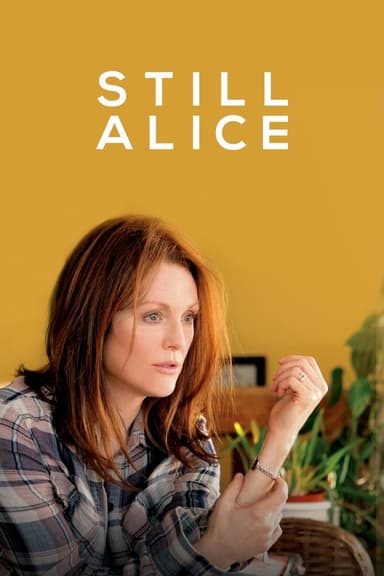
The Key
1983 • Drama, Romance
Art professor Nino Rolfe attempts to break down his wife Teresa's conventional modesty. Noticing her affection for their daughter's fiancé, Nino instigates her sexual interest in him - setting off a chain of unexpected events and emotional complications...
Runtime: 1h 50m
Why you should read the novel
Junichiro Tanizaki’s novel The Key is a masterful exploration of intimacy, secrecy, and desire, presented through the deeply personal diaries of a husband and wife. The written word allows for a subtler, richer examination of their inner thoughts, puzzling motivations, and emotional turbulence—dimensions that a film can only hint at visually. Through Tanizaki’s prose, readers are privileged to witness the vulnerabilities and obsessions that simmer beneath the surface of a complex marriage.
Engaging with the novel provides a more nuanced and intricate experience, as each character’s perspective unfolds through the alternating diary entries. This format encourages readers to become detectives, piecing together the truth from differing accounts and unreliable narrators, heightening suspense and psychological involvement. The literate style and subtle irony lend the novel a layer of sophistication that is often diluted in visual adaptations.
Reading the original novel reveals the depth of cultural context, not only in the characters’ relationships but also in their attitudes toward sexuality, shame, and societal expectations. The book offers a meditation on eroticism, aging, and jealousy with a sensitivity that provides far more insight than the film adaptation can achieve, making it an essential read for those interested in both literary craft and psychological drama.
Adaptation differences
The most striking difference between Tanizaki’s The Key and Tinto Brass’s 1983 film adaptation is the setting and cultural context. While the novel is set in post-war Japan and heavily steeped in Japanese societal norms and customs, the film transposes the narrative to 1940s Venice, altering the atmosphere and cultural nuances significantly. This shift changes not only the visual experience but also the subtext of repression, shame, and marital dynamics that are integral to the novel.
Another major disparity lies in the presentation of sexuality and eroticism. Tanizaki’s work is restrained, employing suggestion, tension, and an almost clinical examination of the characters’ motivations; it relies heavily on internal monologue and psychological intrigue. In contrast, the film adaptation is far more explicit and visual, focusing on physical acts and voyeurism, sometimes at the expense of the characters’ psychological depth and complexity. The film leans into exploitation and spectacle, which dulls the subtlety of the source material.
The narrative structure also diverges considerably. Tanizaki’s novel unfolds through alternating diary entries, allowing for ambiguity and a shifting sense of truth as readers navigate the characters’ unreliability. The film, however, presents the story in a more linear, cinematic fashion, reducing the interpretive engagement required of the audience and losing some of the original’s narrative intrigue. The unique diary format is mostly abandoned, and with it, much of the suspense and ambiguity.
Finally, the nuances of character development are affected by adaptation for screen. Tanizaki’s characters are nuanced, flawed, and multifaceted, their inner worlds painstakingly documented. The film focuses instead on external actions and spectacle, providing less insight into motivations and emotional stakes. As a result, relationships that are deeply explored in the novel come across as more superficial onscreen, ultimately offering a different—and arguably less profound—perspective on intimacy and obsession.
The Key inspired from
The Key
by Junichiro Tanizaki










